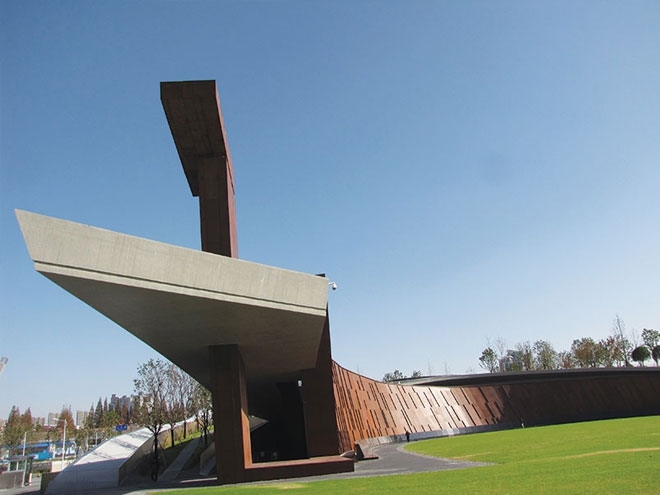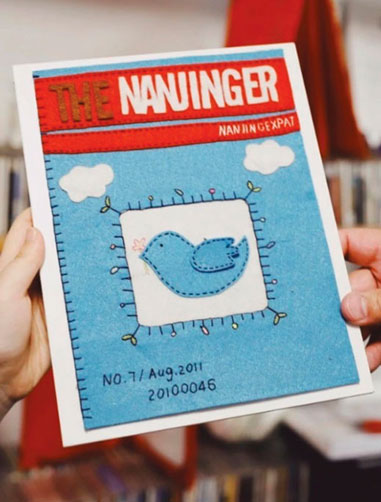Spoiler; December in Nanjing brings with her the spectre of the anniversary of the Naniing Massacre, on the 13th. Newcomers to the city, lucky enough to be reading this in advance, can be forewarned of the ghostly cry of a thousand air raid sirens that shall wail their mournful cry, city wide save for the urban extremities, throughout the day’s late morning.
It is said that a visit to the Nanjing Massacre Memorial is not for the faint hearted. Or those of a sensitive disposition. Indeed, were it to be reported adequately by Western television media, the coverage would be preceded by a serious voice and titles along the lines of “this report contains disturbing images”.
That acquaintances reported to me of their horror on sufficient occasions, it took me 9 years of living in Nanjing until I felt compelled to make the pilgrimage, and then only in a journalistic capacity, to cover the Massacre’s 75th anniversary. Different strokes for different folks. While I did not feel so much horrified, more greatly subdued, it is certainly true to say one should not have anything particularly cheerful lined up for the rest of the day.
It is under this backdrop that Hall 3 of the Nanjing Massacre Memorial opens its doors on 13th December. No doubt sufficient pomp and ceremony will accompany the air raid sirens, while we can expect dignitaries and anyone with an anti-Japanese axe to grind to be dragged out on parade.
Yet, this is not to underestimate the considerable time, money, effort and resources that have been put into the project. Not to mention talent. Master achitect and professor at the South China University of Technology’s school of architecture, He Jingtang, whose previous work includes the wrestling and badminton venues built for the 2008 Beijing Olympics and the Shanghai World Expo China Pavilion, was drafted in, creating a design that is said to highlight success and victory from the ashes. From the air, the new installation resembles two number nine digits, as reference to 9th September, 1945, the day of Japanese surrender.
Promising to be of particular interest is the new star exhibit; a 33-ton, World War II Japanese gunboat, seized by the Chinese army during the invasion and later in life put to use as a harbour craft in Yizheng. joining it are many other new exhibits, including an Allied army jeep, recovered from Yunnan province, and over 1,000 never-before seen photos charting victory in the “War of Resistance”.
It may be too high on the wish list to think that insensitivities to the Japanese can be swept aside to favour a true telling of the events of 1937 without ulterior political motive. Perhaps, yet it is also worth remembering that, even today, almost every family in Nanjing lost someone during what is one of humanity’s darkest periods, wiping out a third of the city’s then population. Regret, after all, remains a luxury.











